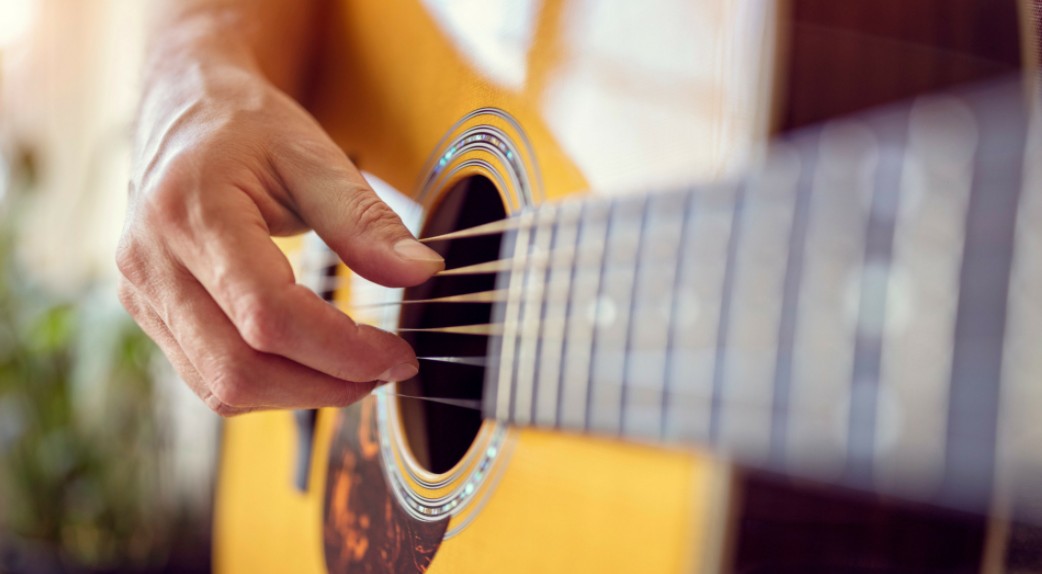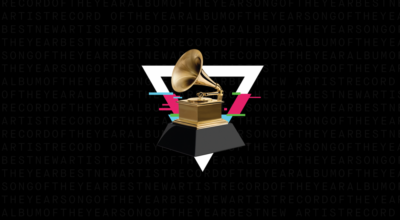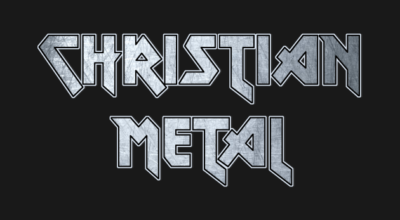Modern classical music, while rooted in the Romantic era, draws inspiration from diverse genres like jazz and rock. It typically encompasses compositions tailored for symphony orchestras or chamber ensembles.
The History of Subgenre
Emerging in the early 20th century, modern classical music finds its lineage in Romantic composers such as Beethoven and Brahms. Its hallmark features include dissonant harmonies, intricate rhythms, and expansive structures like symphonies.
Distinctive Elements of Modern Classical Music
Instrumentation
Modern classical pieces often feature unconventional or experimental instruments. For instance, John Cage’s “Suite for Toy Piano” showcases the use of toy pianos as primary instruments, alongside compositions utilizing prepared piano and computer-generated electronic sounds.
Melodic Complexity
Unlike traditional Western music, modern classical compositions frequently employ multiple melodic lines performed simultaneously by various instruments, resulting in intricate harmonies while maintaining clarity within the composition’s overall structure.

Modern Classical Music in Popular Culture
The influence of modern classical music extends into popular culture, as seen in Kanye West’s album “808s & Heartbreak,” where he incorporates elements like strings and piano to craft emotionally resonant soundscapes.
Educational Significance
In educational settings, students have the opportunity to explore modern classical music through various resources, with some schools integrating it into their curricula or offering elective courses dedicated to its study.
Conclusion
The modern classical music scene is undergoing transformation, with music enthusiasts more connected than ever before. While the internet plays a significant role in discovering new music, traditional avenues like live performances remain vital for exposure, particularly for artists in genres like opera and chamber music.

